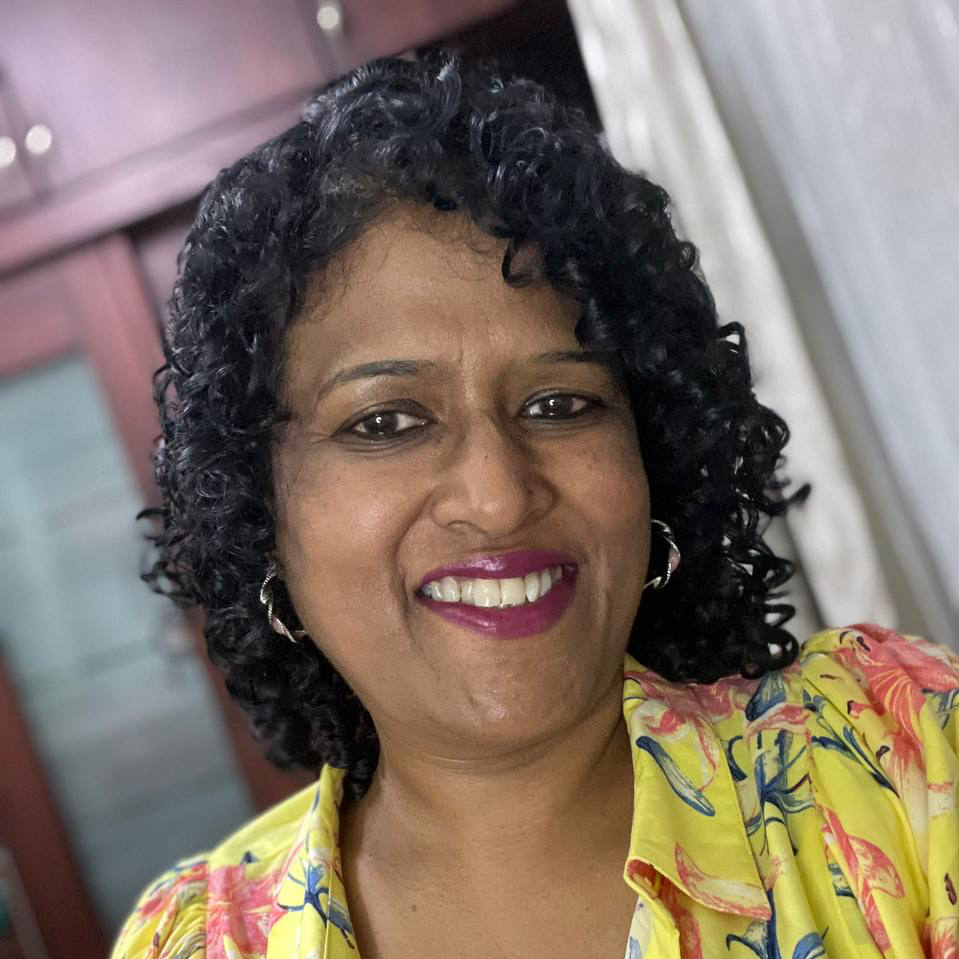As a coach, here’s the challenge you will face: how to get coaching clients. The fact is, they’re the lifeblood of any and all coaching businesses.
“No amount of planning, passion, or skill is going to help if you have no one to serve, if you’ve got no clients,” says Ajit, co-founder of Mindvalley Coach (formerly known as Evercoach by Mindvalley).
And with a dash of your personal touch, you may just find your perfect recipe for creating clients and enrolling them.
How to get coaching clients
Great things never happen in comfort zones. So if you’re thinking about how to get life coaching clients, how to attract business clients, or what have you, then proactivity should be your mantra.
Sure, it’d be easy if you could approach potential clients like Marlon Brando in The Godfather: “I’m gonna make him an offer he can’t refuse.” Man, that’s the dream.
Unfortunately, this is reality. And fortunately, Ajit has three strategies that may just help you create your clients and enroll them.
So no matter which sector of the coaching business you’re in, take time to try out these steps and strategies so you’ll be able to increase the odds of your success.
1. The Circle
“The Circle is when you organize an invite-only group to discuss a particular topic,” Ajit explains. The purpose of it is to create a safe space to:
- Have an open dialogue on any particular topic
- Share knowledge, thoughts, and ideas
- Create coaching moments
- Challenge the “brules“
- Spark “aha” moments
It brings together like-minded individuals who are interested in a particular topic. So, for instance, if you’re a life coach for women, you can host a “She Circle” to allow your potential clients to connect with themselves and each other.
What’s more, the Circle is where you can gain intel. “This is also an opportunity for you to learn from your circle,” says Ajit. “What are they working towards, what do they want to learn, what are their plans, what are their concerns, [and] how you can serve them.”
2. Micro gathering
While the Circle is an invite-only that focuses on discussions, micro-gathering is quite the opposite. They’re less about conversations and more of a workshop format where you…
- Pick a topic
- Make an invitation to your community
- Give a talk where your attendees get an insight into your coaching skills and style
“If you’re able to do this right, you can build rapport, and [it] eventually opens a possibility of you even being able to enroll some of these individuals into your coaching business,” Ajit explains.
Micro-gathering is somewhat like group coaching. And it’s legit one of the best ways to get to know people in your community whom you don’t know and expand your reach.
3. The list
Find people who fit the description of your ideal clients. These are individuals who you feel you’d be excited to coach, even if you don’t know them. This is the list.
Ajit suggests making a list of 50 individuals in your network or around your network. It’s best if they’re people you may not be deeply connected with, but you can see that they can benefit from the work that you do.
For example, if you’re a health coach for senior citizens, you can make a list of your parent’s friends or friends’ parents who may need to seriously reconsider their sedentary lifestyle.
Once you have your list, Ajit recommends following these four steps:
- Qualify. Ask the potential client questions that would give you insight into whether you’d be in synergy with each other.
- Invite. Encourage them to solve a frustration or reach out for a possibility that they’ve already identified for themselves.
- Give. After inviting them, provide them with a solution—a way to get around their frustration or how they can transition from something being a possibility to a reality.
- Propose. Offer to work with them to continue helping them solve problems and reach out for possibilities.
“[The list] allows you to be straightforward with what you offer, and you have a long list of potential clients that you’re dealing with,” Ajit explains. “This also becomes less frustrating when you get a no because you have the whole list to reach out to to get your yes’s.”
And don’t get flustered when you hit a bump in the road. The good thing is that clients are everywhere. And if you can muster enough courage to step out of your comfort zone, that’s where the “extraordinary” begins.
Invaluable tips by 3 Mindvalley-certified coaches
Attracting, creating, and enrolling clients can seem a little daunting, no doubt. But you’re not alone. Even the most veteran coaches have gone through this phase.
So we’ve rounded up some tips by Mindvalley-certified coaches on their personal “how to get coaching clients” experience.
Tip 1: Find where your ideal clients hang out
The beauty of coaching is that you can create clients anywhere. Anywhere.
Francesca Facio Crespo, master leading coach at Mindvalley Coach, advises you to ask yourself this question: Where do your ideal clients hang out? Perhaps it’s at conferences. Or maybe at retreats. Or even at local summits.

Go to the places that resonate with your target audience and start engaging in conversations that inspire you. Be curious about the people around you, and always come from a place of love and service. The rest will flow easily from there.
— Francesca Facio Crespo, Mindvalley Coach’s learning experience designer and master leading coach for Certified Business Coach, Certified Life Coach, & Dharma Certified Coach
An alternative way to connect with clients is to join a coaching directory. These directories allow you, as a coach, to list your services, making it easier for prospective clients to find and choose you (if they feel you’re their best fit, of course).
Tip 2: Consider word-of-mouth marketing
“How do I market my coaching business?” you might be wondering. Word-of-mouth is one of the most powerful marketing strategies out there. And here are some stats to prove it:
- 23% of people talk about their favorite products with friends and family every day.
- 26% of people will completely avoid a brand if their friend or family tells a negative story about their experience.
- If a customer feels satisfied with their interaction with your business, 96% will return and will be more likely to tell the people around them.
- Word-of-mouth is even more effective than paid marketing (like life coaching ads), resulting in five times more sales.
- Most marketers (83%) use word-of-mouth marketing because it increases brand awareness.

I find clients through networking and referrals only. I am always looking for ways in which I can help people around me through coaching.
When an opportunity appears, I do it free of charge as a way of providing them the experience of my coaching and then proceed with a proper coaching relationship if they are interested. By starting with a coaching experience with me, they are in a much better position to continue coaching and refer other potential clients to me.
— Bruno Azenha, life coach at Mindvalley Coach
Tip 3: It all starts with a conversation
Conversations are often undervalued. It’s an art, really—the ability to glide over small talk and get into deep, meaningful conversations, especially with people you don’t know very well.
On the plus side, it’s got some incredible benefits:
- Creates connection
- Sparks ideas and creates synergy
- Showcases your personality
- Gives you a sense of value
- Helps process emotions
To be effective as a coach, the ability to start and hold a conversation is one of the most necessary coaching skills to master.
If you’re a natural people-person, like Sudha Setty, coach at Mindvalley Coach, then take each conversation as a challenge to improve yourself. And if you’re not, Mindvalley Coach has some great tips on how to start conversations that turn into enrollments.

I consider myself as a natural networker, connecting easily with people and build a rapport in no time.
Through my network, I find my clients in the clean energy space. I meet women – through common introductions, and by being an active part of a women’s network in India.
— Sudha Setty, coach at Mindvalley Coach
You are the extraordinary
There’s a quote from the movie Waiting that goes like this: “The difference between ordinary and extraordinary is just that little ‘extra’.”
Because it takes a little “extra” to become a coach—extra effort to put yourself out there, extra resilience when you’re shot down, and extra confidence to realize the magnitude of the impact that you’re making.
And if you want to connect with like-minded people and be part of a coaching community, then head over to Mindvalley, where you can find coaches from all aspects of the rainbow. Welcome in.








